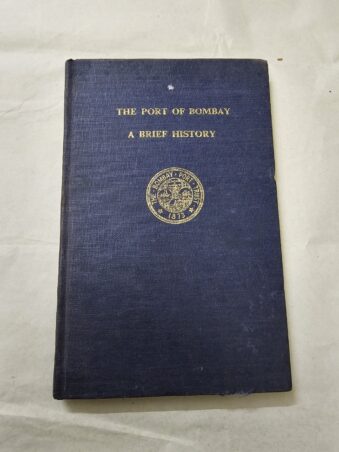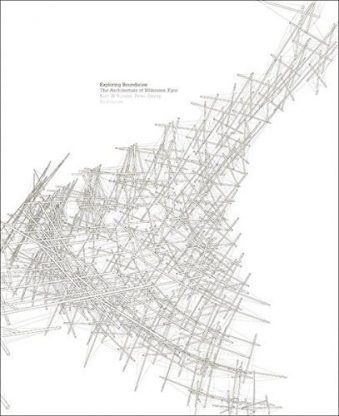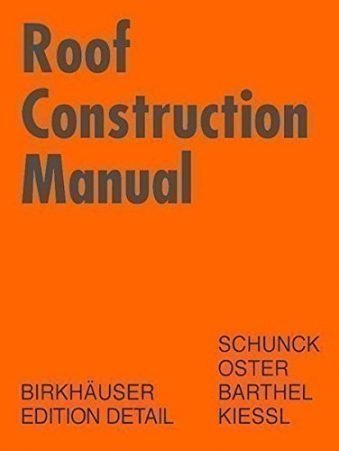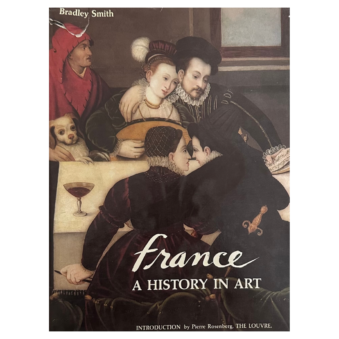- Empty cart.
- Continue Shopping
USED BOOK The Parlour and the Streets Hardcover 1989
₹2,995.00
Author : Sumanta Banerjee
Publisher : Seagull Books Pvt.Ltd (1 November 1989)
Language : English
Hardcover : 248 pages
ISBN-10 : 8170460638
ISBN-13 : 9788170460633
1 in stock
The Parlour and the Streets analyses the development of the various forms of folk culture of the the urban poor in the new metropolis of nineteenth-century Calcutta. Consisting primarily of traditional artisans and craftsmen who migrated from the neighbouring villages, the ‘lower orders’ of Calcutta evolved a new urban folk culture from their own older rural inheritance.
Citing numerous examples of contemporary street songs and popular performing arts, the book traces the beginnings of tension between these urban folk-cultural forms and the new culture of the Bengali elite which was increasingly seeking to model itself on the British. The author demonstrates how this new elite, shaped by colonial powers, not only disowned a common culture that it once shared with the populace but also sought to muzzle it—a move which, at political and other leves, was to have serious consequences that are still all too apparent in contemporary Bengal.








